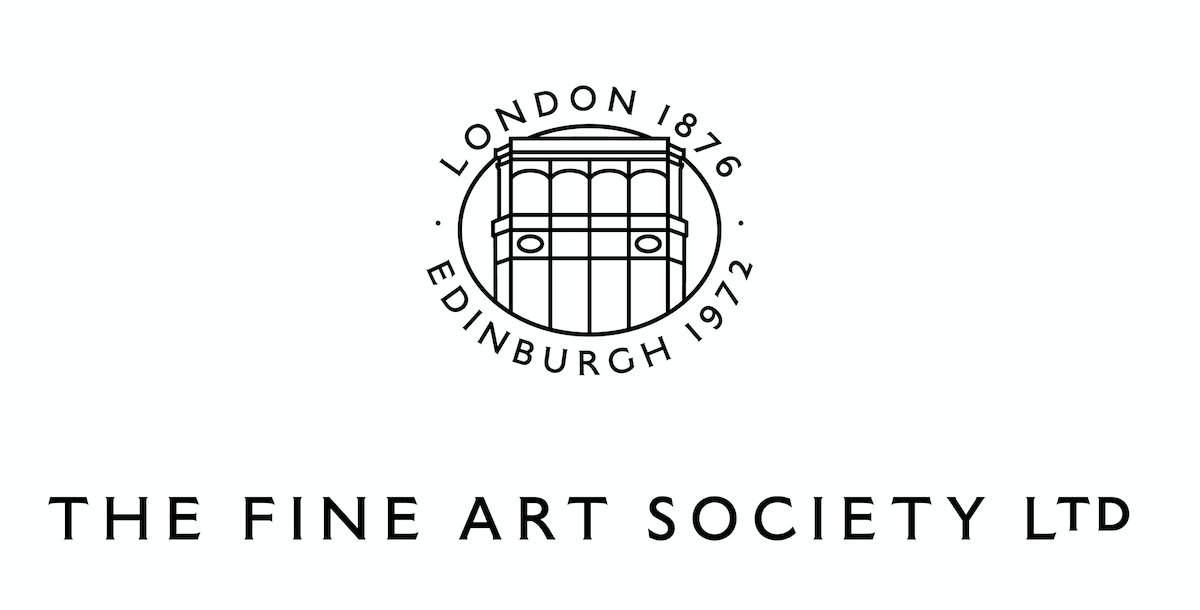DOMESTIC LIFE
EMILY WALSH
-
what draws us to the subject of domestic life, artist and viewer alike, is that we aren’t looking at types, but at individuals, with history and hinterland. sometimes it is relatable - universal even.
-

Oscar Marzaroli, New city flats, Glasgow, 1964
-

David Allan, Catechising in the Church of Scotland, 1795
-
-

Alexander Carse, The Travelling Clothier, 1812
-
CLICK HERE TO SIGN UP TO RECEIVE THE FINE ART SOCIETY'S JOURNAL





